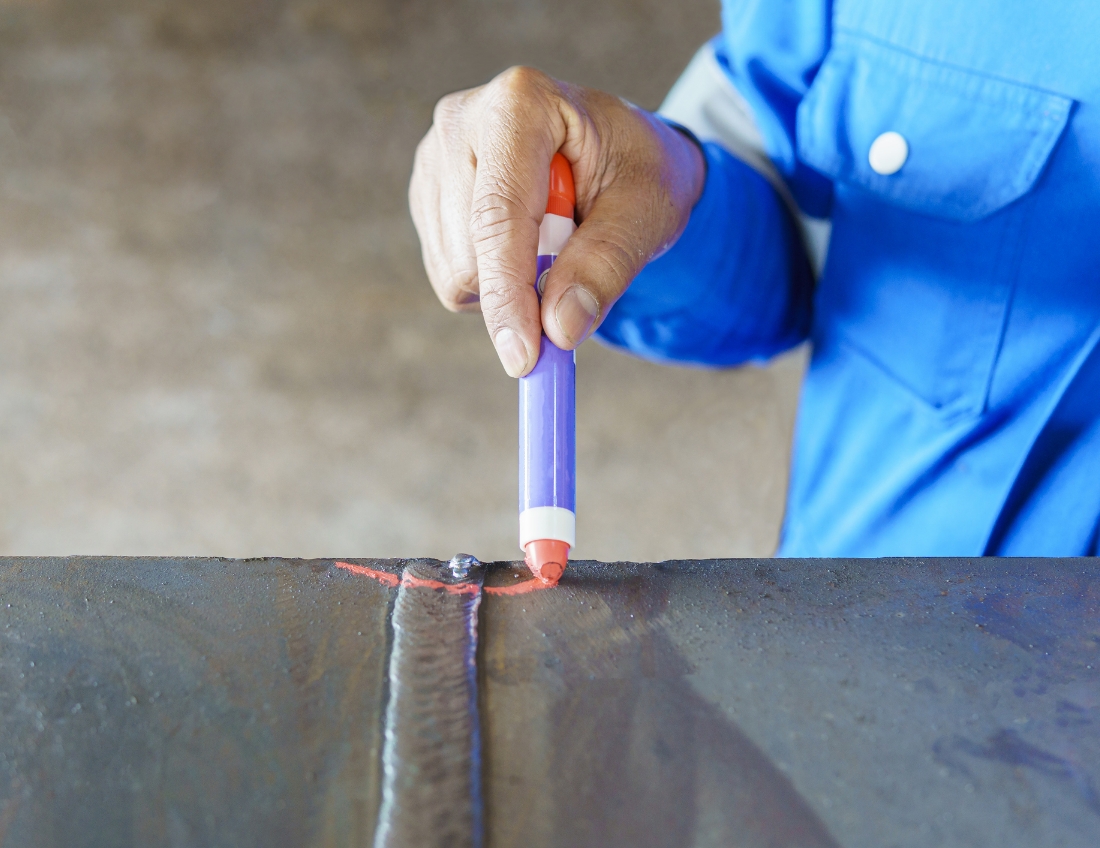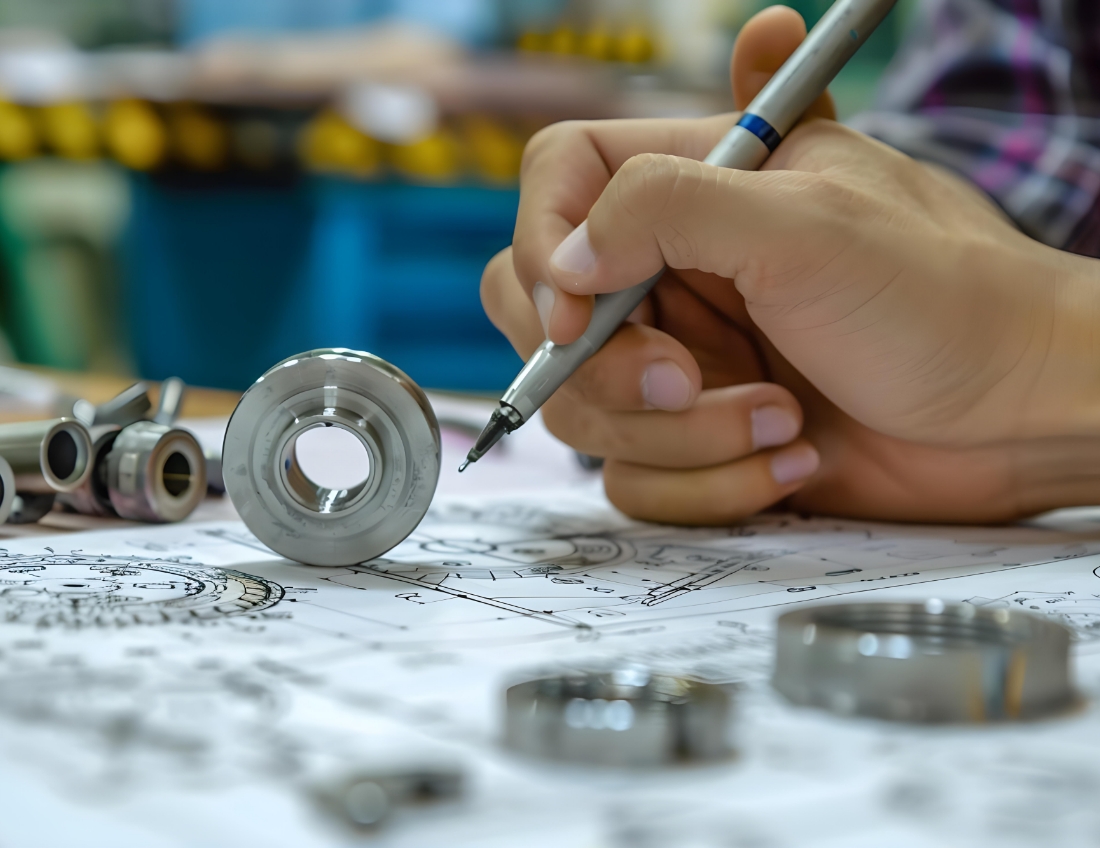Manufacturing Metrology Services from
HAK Metrology Solutions
Thank you for your interest in HAK Metrology Solutions. We offer a robust range of measurement, inspection, and programming services customized to fit your business's needs.









